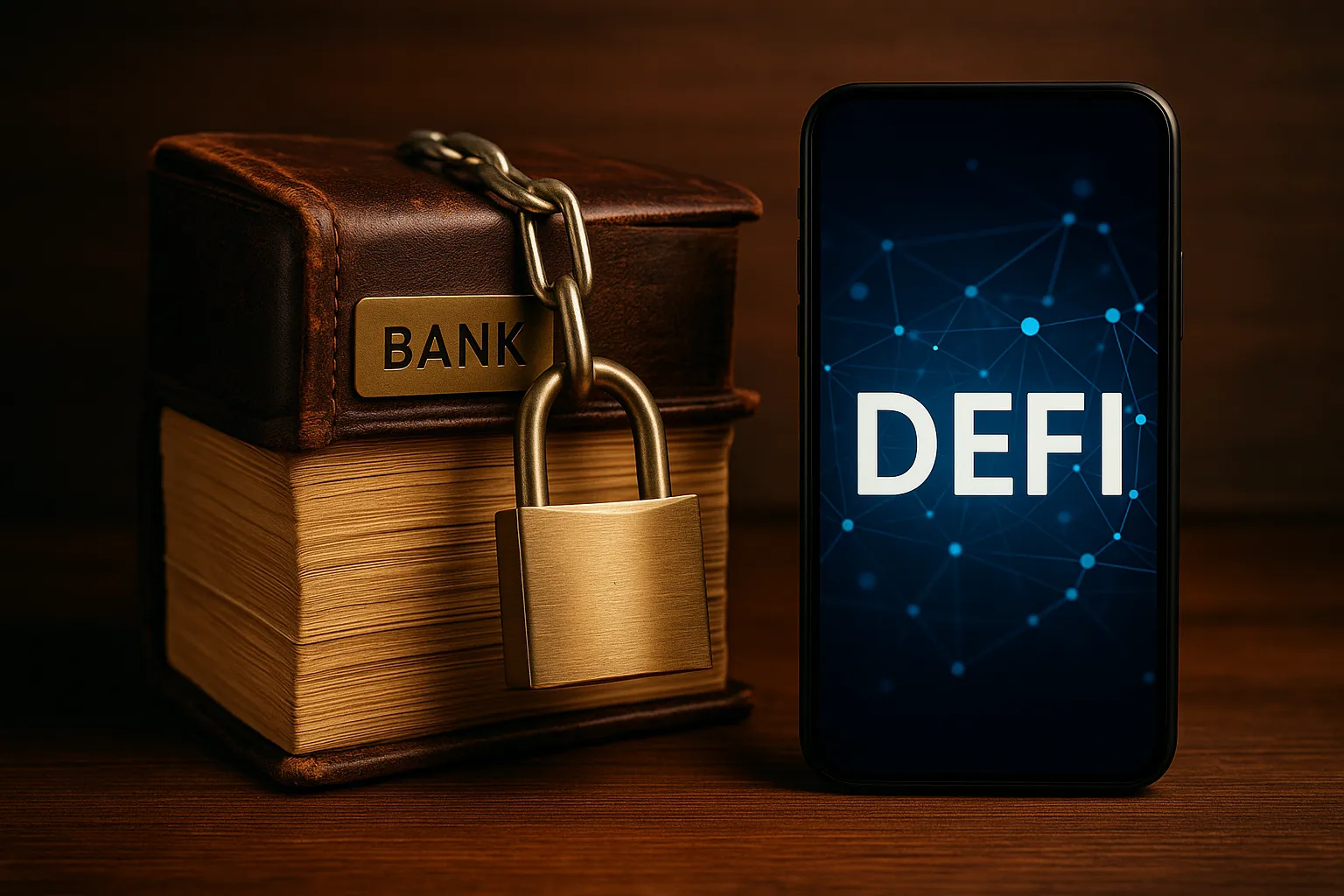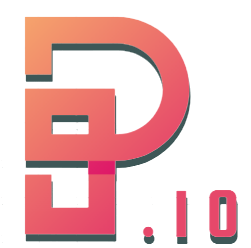How DeFi is Replacing Old-School Banking, One Protocol at a Time

DeFi—short for decentralized finance—isn’t just a trend for crypto enthusiasts. It’s a full-blown revolution reshaping how we interact with money. Instead of relying on brick-and-mortar banks, DeFi hands over control to the user through blockchain-powered tools. No more bankers, no more waiting, and definitely no more outdated rules. In this post, we’ll dive into how DeFi is flipping traditional financial services on their head, replacing sluggish systems with smarter, faster, and more transparent alternatives.
Deposits Reimagined: No Middlemen, More Yield
The Old Way: Fixed Rates, Low Returns
Let’s be honest—traditional savings accounts don’t impress anyone. You deposit money, the bank puts it to work, and you get back a tiny slice. Fixed interest rates often fail to even beat inflation, meaning you’re technically losing value over time. The bank makes the real profit, while you settle for pennies.
The DeFi Way: Flexible Platforms and Higher Earnings
In DeFi, users decide where to place their funds. Platforms like Aave, Compound, or Yearn Finance let you deposit tokens directly into liquidity pools. In return, you earn variable interest, often far more generous than what banks offer. Here’s why:
- No overhead from staff or buildings
- Interest generated from real-time liquidity use
- Instant access to your funds—no need to wait out a term deposit
Unlike fixed-term bank accounts, most DeFi protocols allow you to withdraw anytime, no penalties. That’s passive income with freedom baked in.
Lending with Logic: Algorithm-Based Credit Over Bureaucracy
Why Traditional Loans Are a Headache
Getting a loan from a bank usually means jumping through hoops: credit history checks, paperwork, long wait times, and uncertain approvals. Add in high interest rates and strict rules about where you live or work, and it’s no wonder many people are excluded from the system altogether.
DeFi Lending: Fast, Transparent, and Borderless
With DeFi lending, there’s no human gatekeeper. Loans are issued instantly using overcollateralization—where the value of your collateral exceeds the loan amount. Popular platforms like MakerDAO, JustLend, or Venus operate on this model. Here’s how they compare to banks:
| Parameter | Traditional Bank | DeFi Platform |
|---|---|---|
| Identity Verification | Yes | Usually not required |
| Processing Time | Days or even weeks | Instant |
| Collateral Requirement | Not always | Always (overcollateralized) |
| Transparency | Limited | Full via smart contracts |
Smart contracts power everything, ensuring the rules are clear, automatic, and visible to everyone. No hidden fees, no office visits, just code doing its job.
Currency Exchange and Multi-Currency Accounts Made Simple
The Bank Model: Fees, Limits, and Delays
Opening a multi-currency account? Expect paperwork. Transferring funds internationally? Prepare for fees and delays. Banks rely on centralized systems that set the rules—and the rates. That means you’re stuck with whatever exchange rate and processing timeline they decide.
The DeFi Model: Always-On, Border-Free Swaps
DeFi changes the game with decentralized exchanges (DEXs) like Uniswap, Curve, and 1inch. These platforms allow users to trade tokens directly with each other, using liquidity pools and automated market makers (AMMs). Benefits include:
- No intermediaries taking a cut
- Real-time, 24/7 access
- Exchange rates determined by market supply and demand
You’re not waiting for banking hours or worrying about conversion limits. You’re simply swapping value with the global blockchain community.
Who Benefits from DeFi, and Why It Matters
DeFi isn’t a one-size-fits-all solution—it’s a toolbox. Whether you’re a freelancer living across borders or a first-time investor looking to grow small savings, DeFi offers utility without the bureaucracy.
Here’s who it’s perfect for:
- Freelancers and Digital Nomads: No reliance on local banks
- Investors: Access to high-yield, experimental financial tools
- Small Savers: Earn meaningful returns even on tiny amounts
With just a crypto wallet and an internet connection, anyone can participate. No need to “qualify” or jump through legal hoops.
